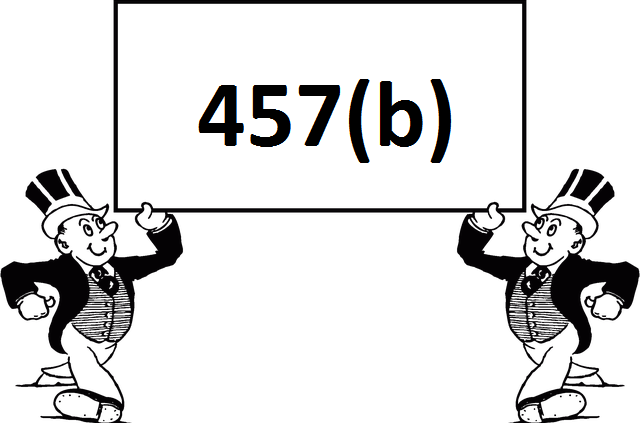
Nongovernmental 457(b) plans and rollovers … the two don’t mix
My client works for a nonprofit hospital that has a 457(b) plan. Another advisor told him he could take a distribution from the plan and roll it over to an IRA within 60 days. Is that correct—I’m suspicious?
ERISA consultants at the Retirement Learning Center (RLC) Resource Desk regularly receive calls from financial advisors on a broad array of technical topics related to IRAs, qualified retirement plans and other types of retirement savings and income plans, including nonqualified plans, stock options, and Social Security and Medicare. We bring Case of the Week to you to highlight the most relevant topics affecting your business. A recent call with a financial advisor from New York is representative of a common inquiry related to 457 plans and rollovers.
Highlights of the Discussion
No—that is not correct; a nongovernmental 457(b) plan (e.g., a plan maintained by a nonprofit hospital) is not an eligible plan for rollover purposes, only eligible plans of governmental entities are eligible plans for rollover purposes [IRC Sec. 457(e)(1)(A) and not subsection (B), which refers to tax-exempt entities]. Therefore, nongovernmental 457(b) plan distributions are not eligible for rollover. For a handy rollover guide, see the IRS’s Rollover Chart.
For nongovernmental 457(b) plans, the only way to defer taxes would be through a direct transfer to another 457(b) plan of a tax-exempt entity [Treas. Reg. 1.457-10(b)]. A 457(b) plan of a tax-exempt entity may provide for transfers of amounts deferred by a participant to another eligible plan of a tax-exempt entity if
The transferor plan provides for transfers;
The receiving plan provides for the receipt of transfers;
The participant or beneficiary whose amounts deferred are being transferred will have an amount deferred immediately after the transfer at least equal to the amount deferred with respect to that participant or beneficiary immediately before the transfer; and
In the case of a transfer for a participant, the participant has had a severance from employment with the transferring employer and is performing services for the entity maintaining the receiving plan.
Aside from the ability to rollover distributed assets, there are many other differences between 457(b) plans maintained by governmental entities versus those maintained by tax-exempt entities. The IRS has a helpful online chart that highlights the key differences.
Conclusion
Nongovernmental 457(b) plan distributions are not eligible for rollover. In some cases, amounts could be transferred to another tax-exempt 457(b) plan if certain conditions.
